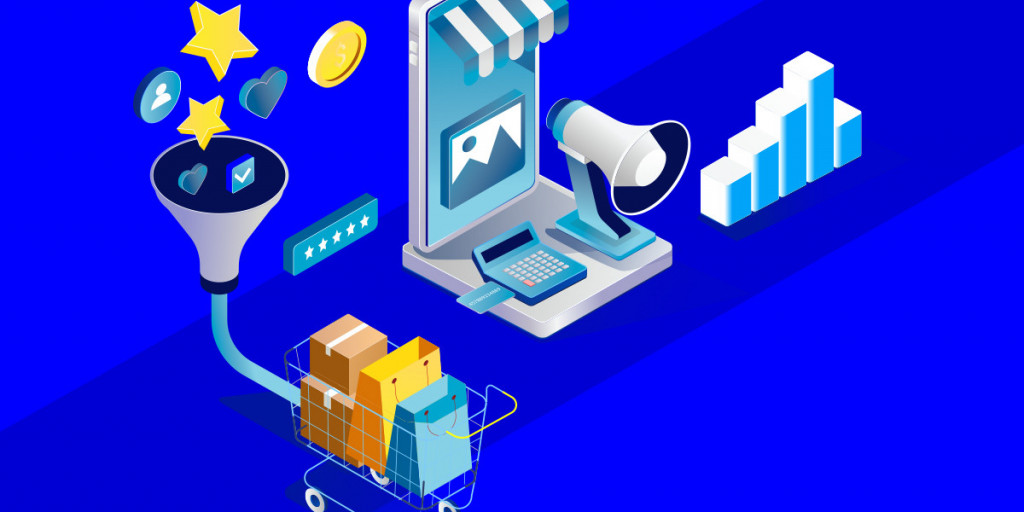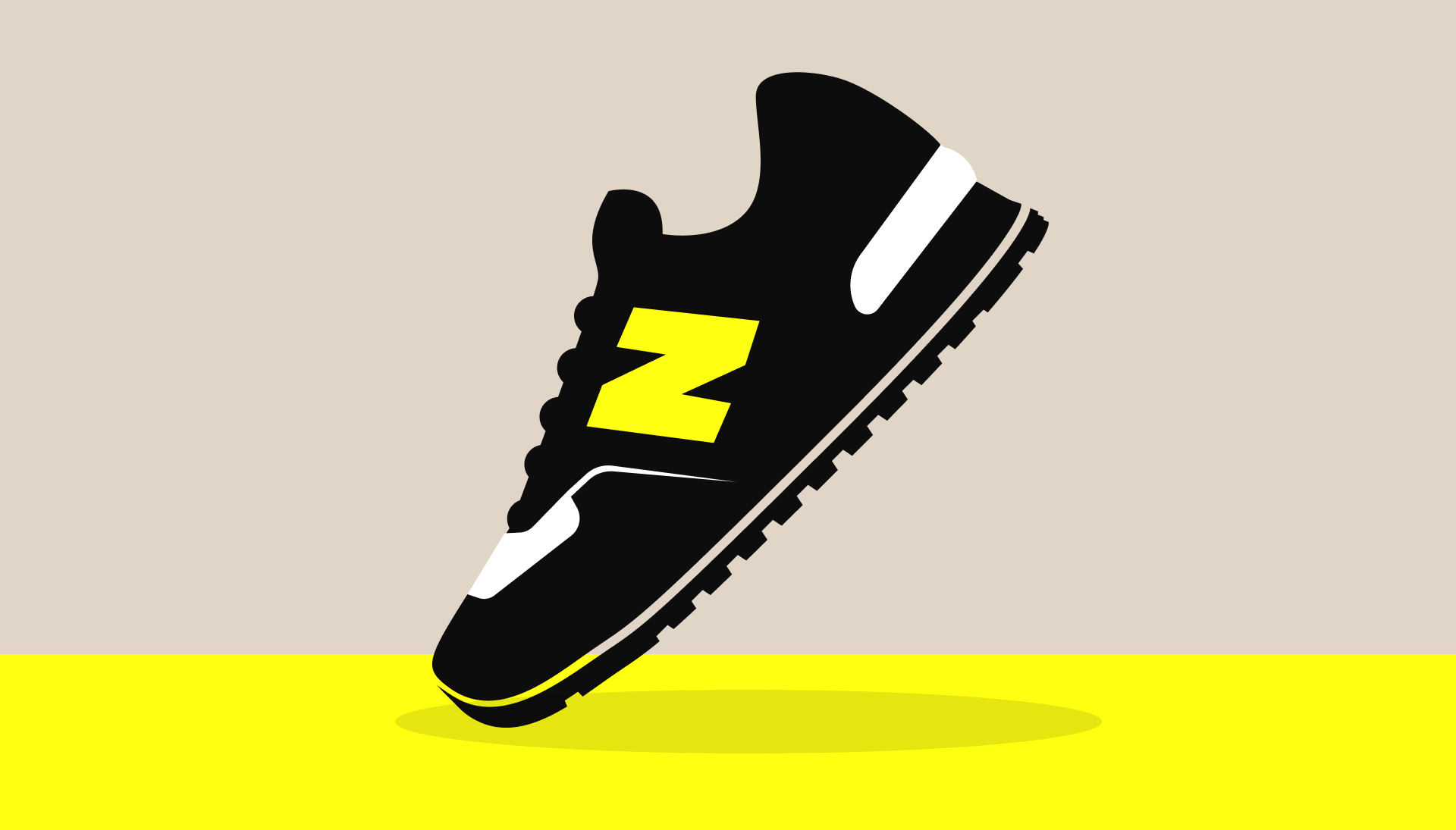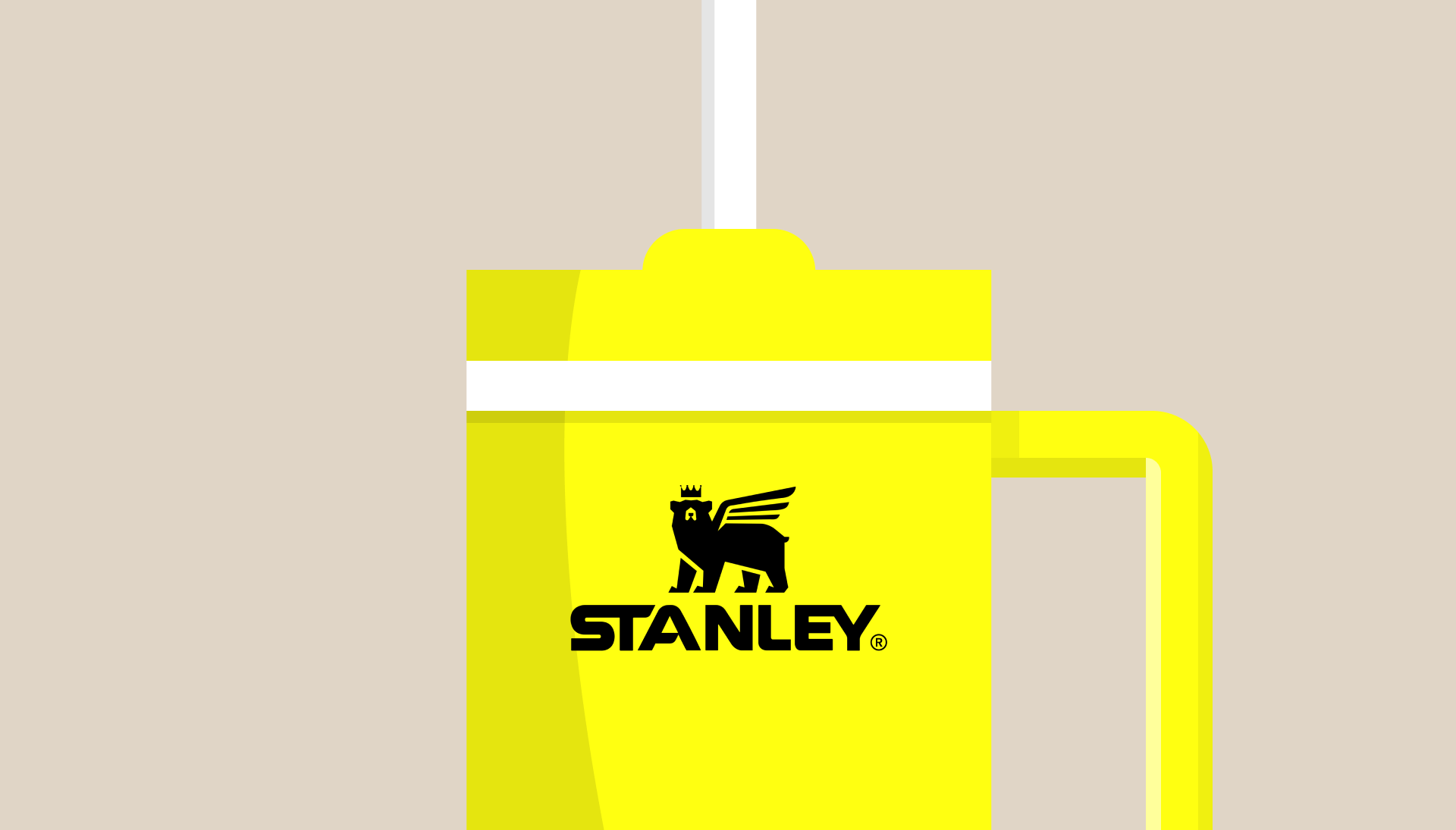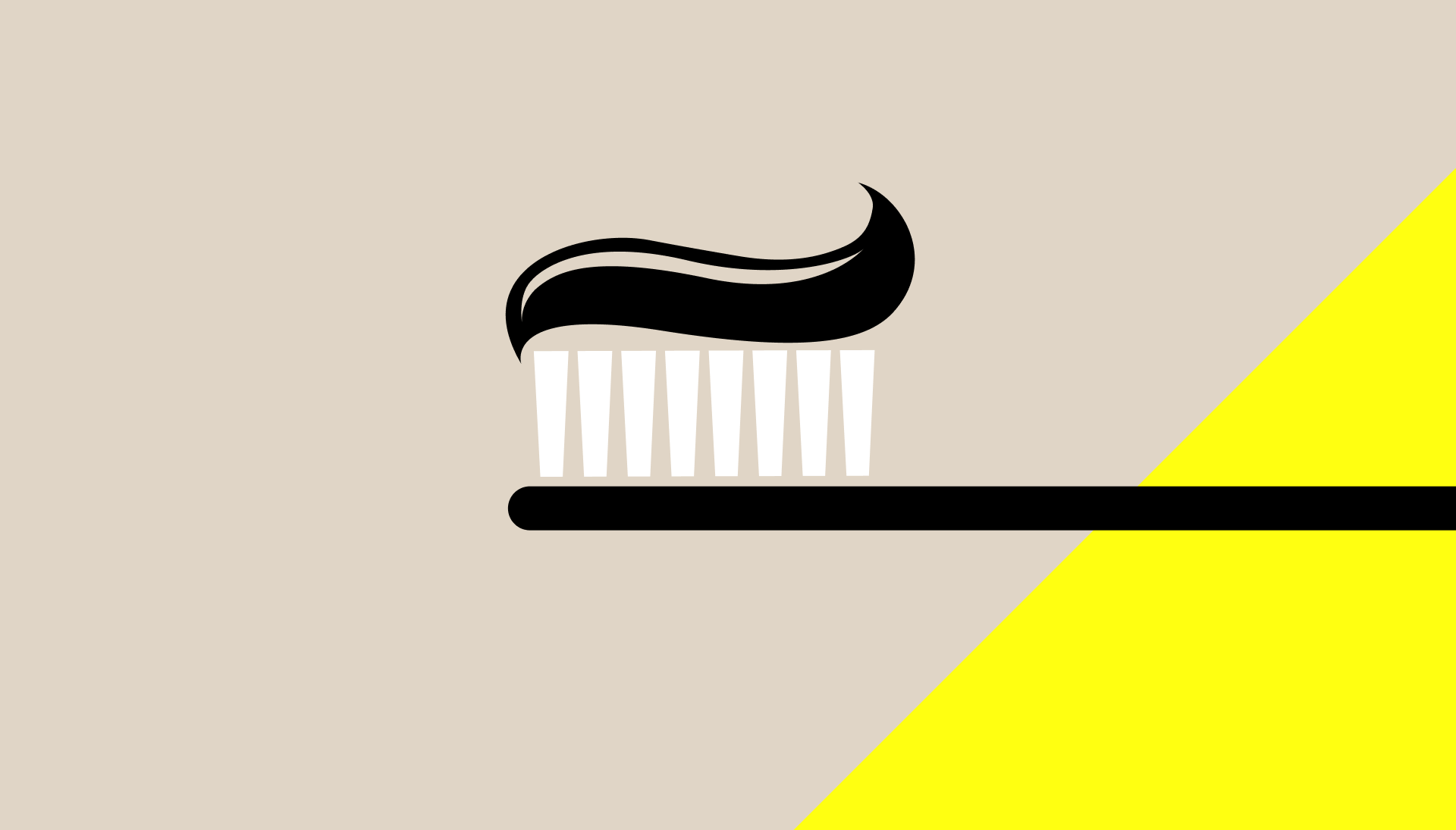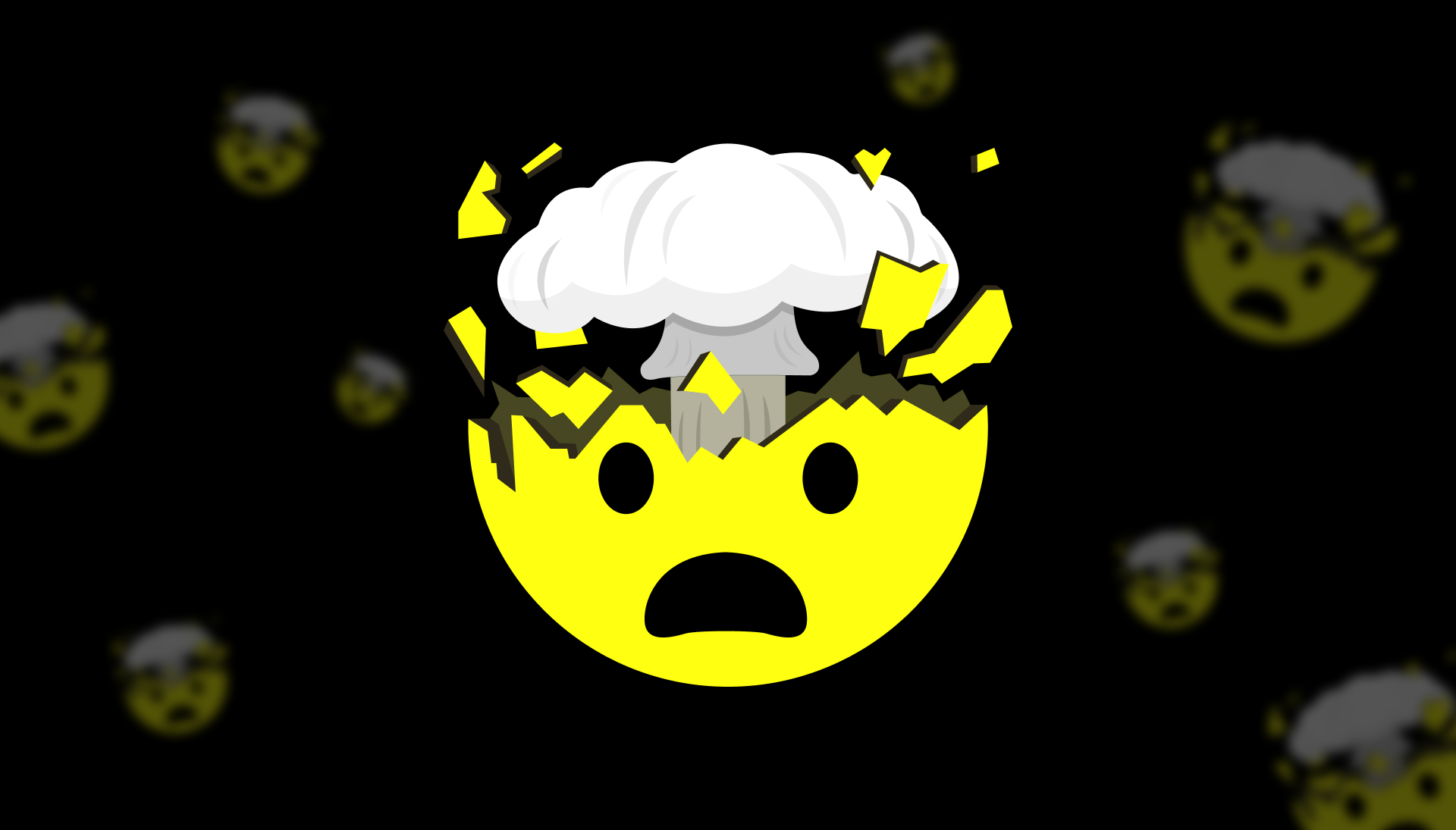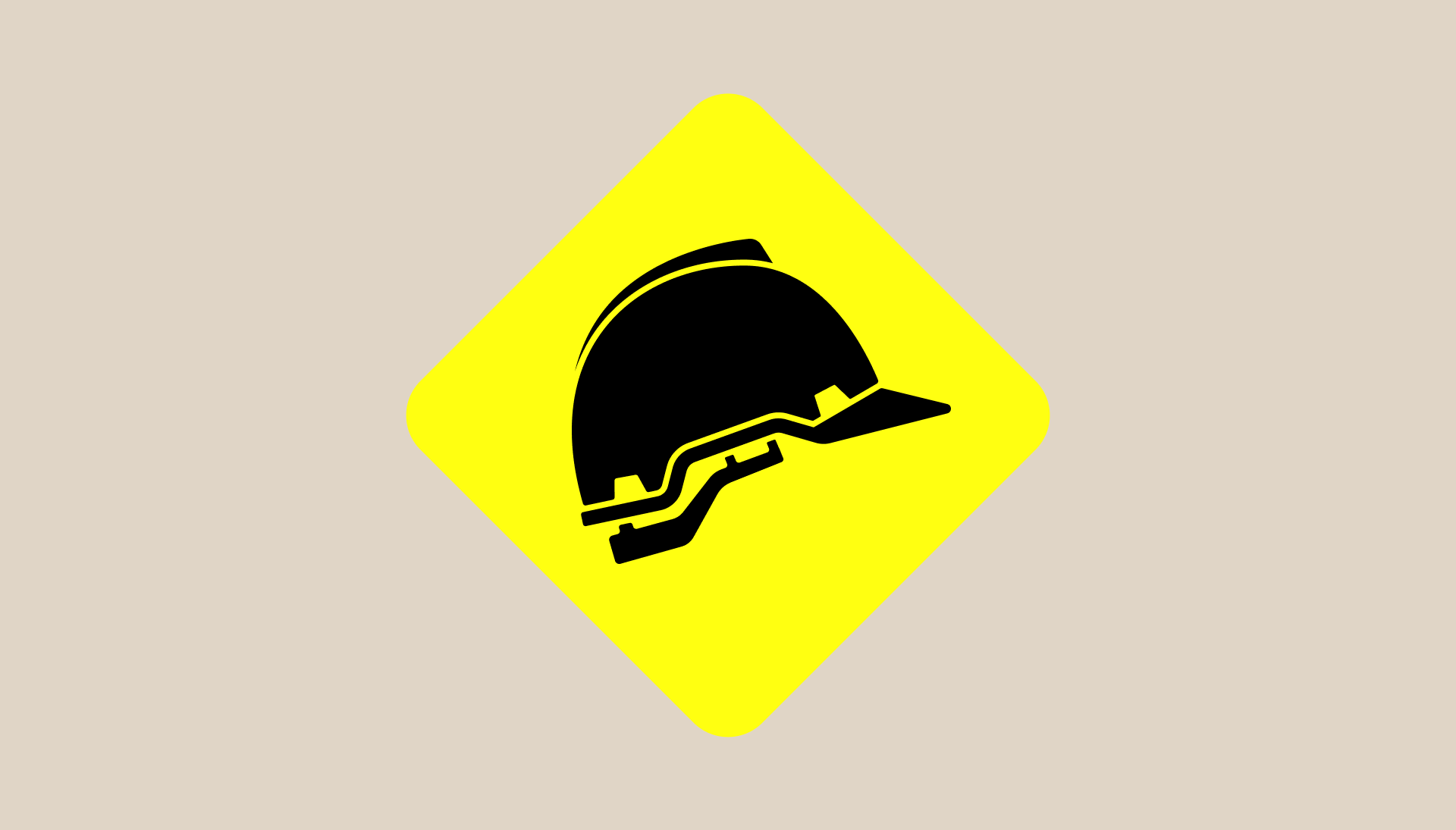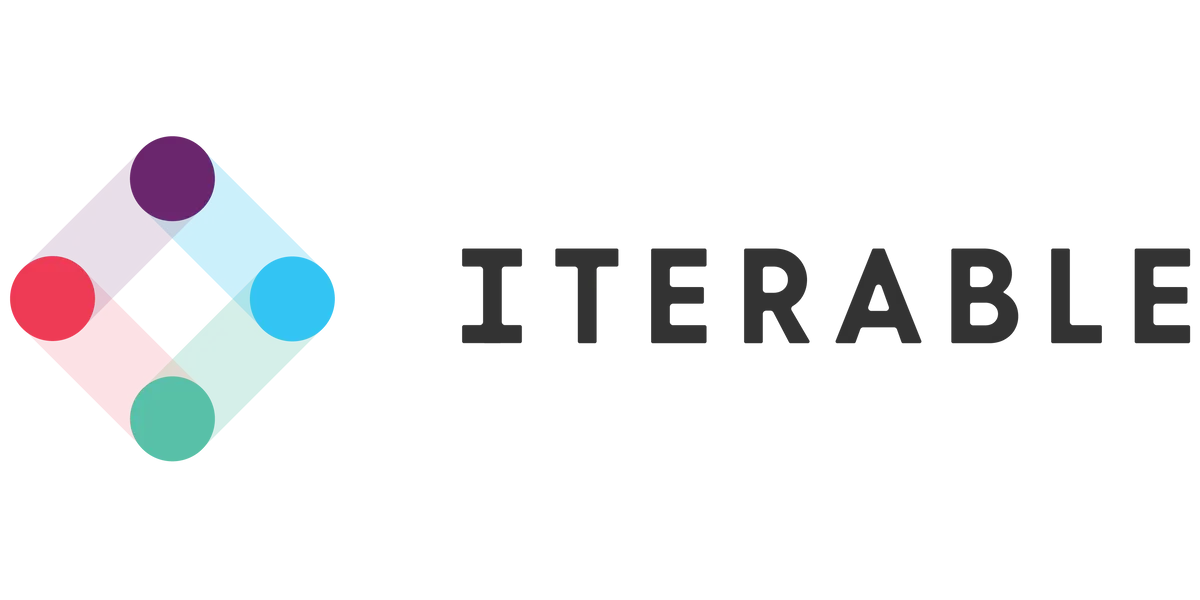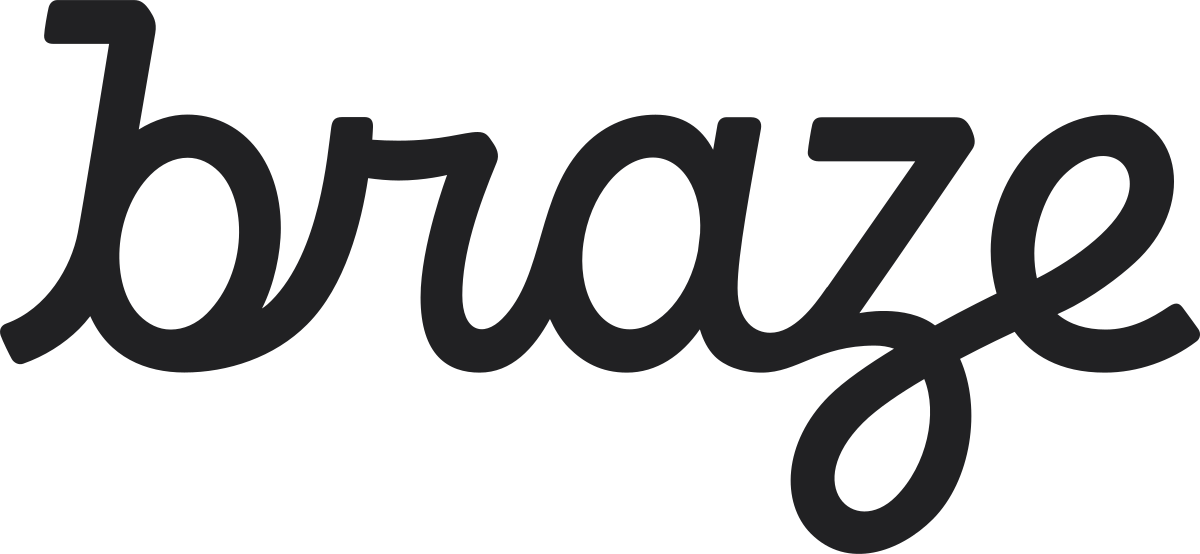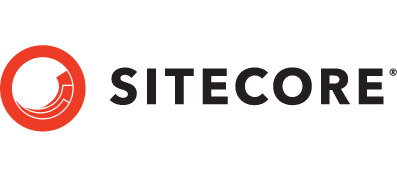Anyone who knows AFFINITY, knows how much we’re driven by impact. But that doesn’t always mean BIG things. Often it can simply be about doing the little things better. In fact, we even have a quote from our old friend, Vincent Van Gogh, as part of the Welcome Pack all our new starters receive, which reads: Great things are done by a series of small things brought together.
Which is the perfect segue for this introduction to the power of Conversion Rate Optimisation – or CRO for short.
At a macro-level, CRO is defined as the process of increasing the percentage of people you convert (taking a specific action like purchasing, email signup etc) compared to the total number of visitors to your website or using your mobile app. But the process can also be applied to most parts of your customer journey.
Why does it matter? Well, if you’re a marketer it should be pretty obvious, but think about it this way:
- Imagine the total potential audience for your widget is 100 people.
- Of those 100 people, 50 see your ad.
- Of those 50, 25 visit your website.
- Of those site visitors, 10 put the widget in their shopping cart.
- Of those, 1 person checks out.
Now, if you wanted to increase your revenue, where would you increase your marketing spend? At the top of the funnel, to expose more people to your ad, or further down the funnel to increase your shopping cart conversion?
Both can work, but before you answer consider this – if you could increase the shopping cart conversion rate to 2%, you could double your revenue for far less marketing spend than buying more media to get more people at the top of the funnel. And often this can be done quickly and cost-effectively using A/B or multivariate testing to identify the conversion issues. In fact, for one AFFINITY client, an overhaul of their landing page achieved a radical increase – a 40% jump in lead conversion rates.
Experience Optimisation – the bigger picture
Optimising just for conversion can have a positive impact, but if viewed in isolation, it can also lead you down a path to a poor overall customer experience. For example, making it very difficult for a user to cancel a subscription can mean you get higher conversions from trial, but in the long term, it’s not a great idea.
Instead, it’s important to consider how you might optimise the broader customer experience, and look at data like customer lifetime value as an indicator of how your experiments are performing across both the short and long term. This type of thinking will help expand your perspective beyond your website, and consider other aspects of the customer journey – like email.
Think back to our shopping cart example above and consider the impact a simple abandoned cart email might have on conversion. Abandoned cart emails have, on average, a 45% open rate. Of those that open, 21% click through, and half those people then go on to complete their purchase. There’s your revenue increase for the cost of an automated email.
How to do it
At AFFINITY, we like to break tasks like this down into four stages:
- Gather your data
- Establish your hypotheses
- Do your testing
- Gather your results and continue to optimise
Gathering your data
Depending on how you have your site set up, there’s probably plenty of initial data that you can get your hands on through existing site analytics. But this may only give you part of the picture. To dig a little bit deeper, you ideally want to do some user testing but this can be expensive and time consuming if you need to recruit people. Fortunately, there are platforms like Hotjar and Smartlook which can provide heatmapping, analytics and even user recordings that can highlight UX issues. Or for more advanced solutions, services such as Heap or Full Story offer fully automated product analytics.
Establishing your hypotheses and making changes
Once you’ve identified the issues, an experienced CRO expert or web developer should be able to identify where to start and what to change. But rather than making changes directly to your website, it’s worth considering a no code landing page builder like Optimizely or Google Optimize to spin up the landing page variations you require quickly.
Set your tests live
Firstly, it’s extremely important to determine if your changes actually made a statistically valid difference – this is why you don’t want to simply make changes directly to your website. We recommend taking a test and control group approach as part of an A/B test structure (your existing site experience vs your test page, for example), like this one. A/B tests are quickest to run and determine results, but if you have enough web traffic, you can also set up a multi-variate test or a multi-armed bandit algorithm to experiment with more variables at the same time.
AFFINITY’s award-winning Tourism Central Coast campaign used multi-variate testing to gather insights and help us optimise creative and media to drive conversion. You can take a look at the case study here.
Determine results, confirm hypotheses, and continue to optimise
In our experience, the first optimisation is not the one that makes the most difference. AFFINITY has seen that it can be the tenth optimisation that can make the biggest difference. What’s important is having the patience and rigor for a continued testing plan.
Our top 4 tips on where to start
-
Site speed – Research has long told us that website performance can have a massive impact on conversion rates. The quicker the page loads, the more likely a user is to perform the targeted action on that page. So if there are any factors affecting page speed that you can fix, you definitely want to start there. This is especially true mobile loading speeds since Google’s shift to mobile first indexing. In fact, Google estimates that for every second delay in mobile page load, conversions can fall by up to 20%. You can read another AFFINITY blog on this subject here.
-
Remove unnecessary steps – If speed is at the top of the list, simplicity is not far behind. It stands to reason that if you make a customer jump through too many hoops in order to make a purchase, something will get in the way. We see it in surveys too – with completion rates dropping the more questions you ask. This can be a delicate balancing act between too much and not enough though, so if in doubt, ask for help!
-
Optimise your Call to Action – Need convincing on the impact of a little tweak to your CTA? Talk to Barack Obama. His 2008 election landing page famously tested the Call to Action and header image, resulting in a new conversion rate of 11.6% vs the old 8.26%. This resulted in $60 million dollars of extra funding.
-
Optimise your navigation and page structure – Website navigation and page structure can make or break the user experience, and in turn, your conversion rate. A good experience will not only avoid unnecessary frustration, it can also help search engines to crawl your site, which is a real positive for your SEO performance.
There’s plenty to think about when it comes to Conversion Rate Optimisation, but as we said at the start, it might just be a tiny tweak – or a series of – that has the biggest impact. AFFINITY works with many of our clients on CRO, so if you’d like to find out how we could help you, drop us a line at luke@affinity.ad
